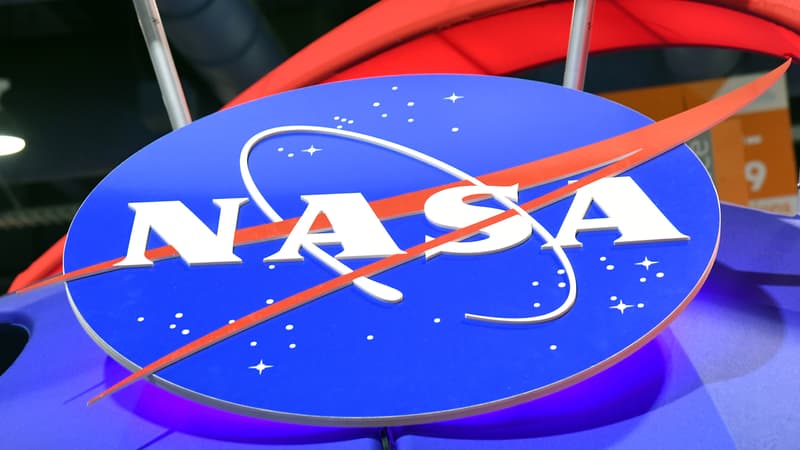NASA announced this Thursday, December 5, that it will once again postpone the expected return of its astronauts to the Moon until “mid-2027”, due in particular to technical problems found in the ship that would embark the crew.
“The safety of our astronauts always comes first in our decision-making. It is our North Star. We will not fly until we are ready,” explained the head of the US space agency, Bill Nelson, during a press conference.
The Artemis 3 mission, which will take astronauts to the Moon for the first time since the last Apollo mission in 1972, is now scheduled for “mid-2027.” “It will be much sooner than what was announced by the Chinese government,” said NASA head Bill Nelson, referring to Beijing’s plan to send a manned mission to the Moon between now and 2030.
Problems found in the capsule.
Announced in 2017, the flagship Artemis program aims to establish a lasting presence on the Moon and pave the way for future missions to Mars. After several postponements, it was inaugurated in 2022 with the Artemis 1 mission, which successfully took the Orion spacecraft around the Moon, to test it without a crew.
But due to problems found in the capsule, in particular its heat shield which deteriorated unexpectedly, missions 2 and 3 had to be postponed.
“We were able to recreate the problem on Earth and now we know the root cause,” said Bill Nelson.
The Artemis 2 mission, during which astronauts must travel around the Moon without landing there, is now scheduled for April 2026. It was previously scheduled for September 2025.
In addition to the problems encountered at Orion, NASA is hoping that SpaceX, billionaire Elon Musk’s space company, will have a full version of its Starship megarocket capable of serving as a lunar lander.
In addition, special suits developed by Axiom are still awaited. Wednesday’s appointment of billionaire and private astronaut Jared Isaacman as NASA’s future director could disrupt the program. Experts expect significant changes in American space projects, such as a possible abandonment of the expensive NASA rocket planned for Artemis or a reorientation of the Mars programs.
Source: BFM TV


